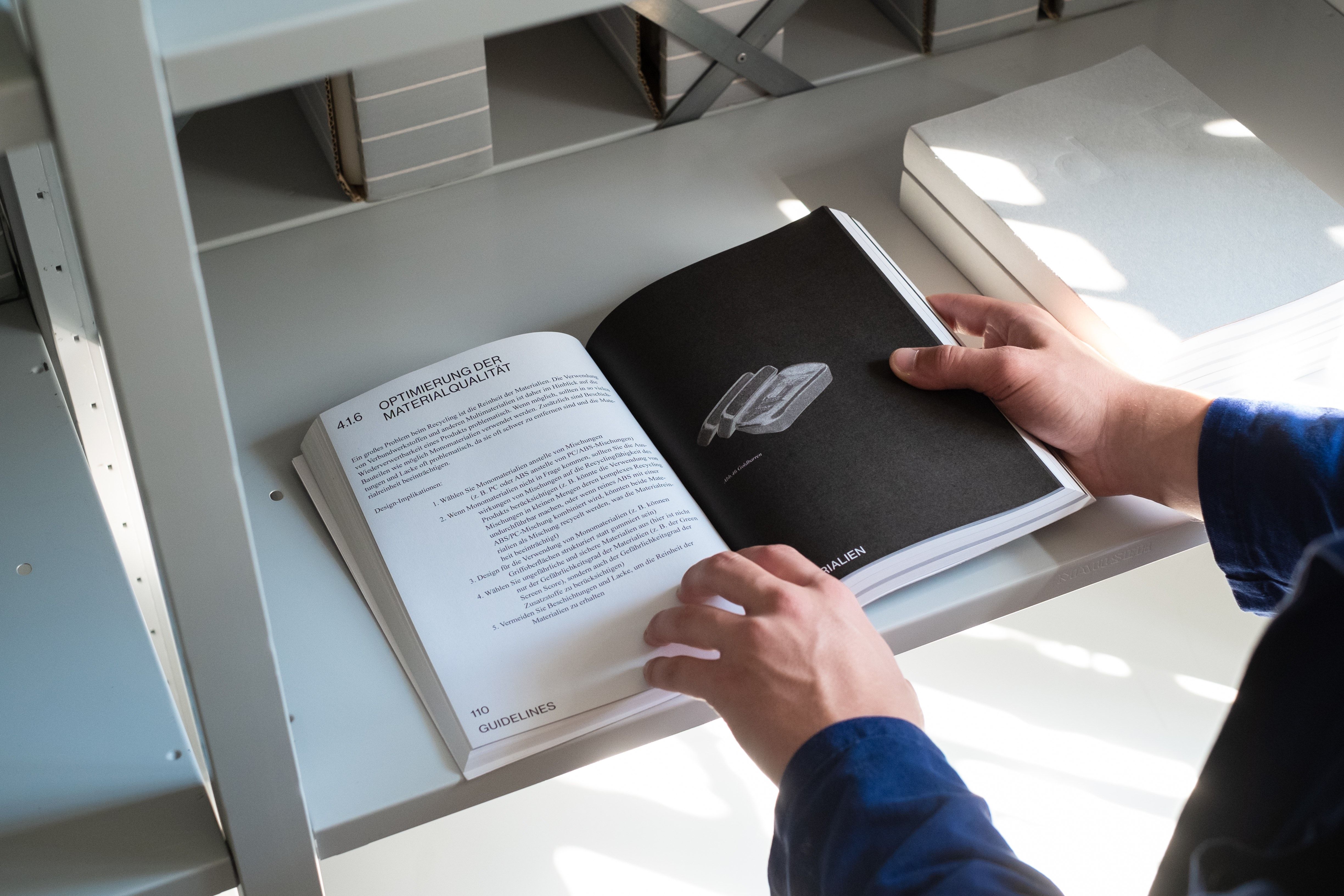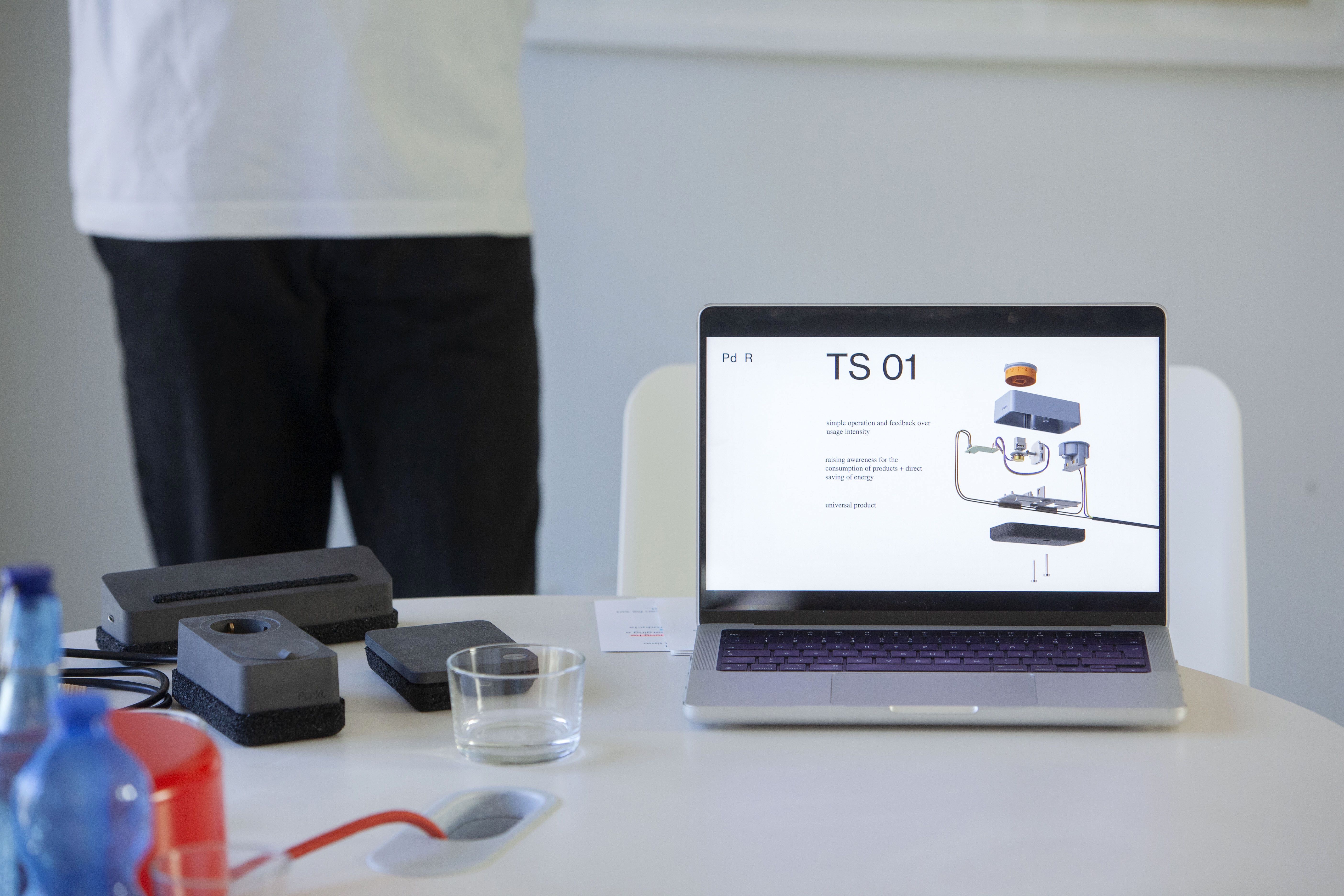»Beyond the theory, the guidelines reflect on the whole design process using superb examples. They incorporate handling, aesthetics, and semantics and, above all, the user’s behavioural perspective, while taking environmental aspects into account. As a result, they make up for a lack of instructions on resource friendly design.«
Prof. em. Günter Horntrich

Three questions for Raphael Jung und Jan Sagasser
How did the idea for Product Design of Resource Scarcity come about?
The idea was sparked by the debate about the energy transition’s resource requirements. It became clear that product design needed to change fundamentally, especially in the case of electronic consumer goods. The critical use of raw materials and a lack of expertise were identified as key problems. As a result, we decided to develop a design guide that encourages sustainable product design in the face of dwindling resources.
What was your personal highlight in the Product Design of Resource Scarcity development process? Was there a low point?
At the beginning, a feeling of helplessness prevailed due to the complexity and seriousness of the problem. But as we got to grips with the project, we realised that key improvements, in some cases without the need for many changes, are possible. Furthermore, sustainable action in this area is also becoming increasingly important from a commercial perspective, as resource scarcity has an impact on prices and availability. These findings showed that change is possible and made us feel optimistic.
Where do you see your project in the next five years?
We’re planning to extend and validate the guidelines further. Based on guidelines of this kind, we hope to support legislation indirectly to establish industry-wide sustainability standards. At the same time, we’re committed to assisting organisations and their structures on the route to sustainability. This approach is vital if we want to act in a future-proof way, improve and maintain our society’s well-being.
